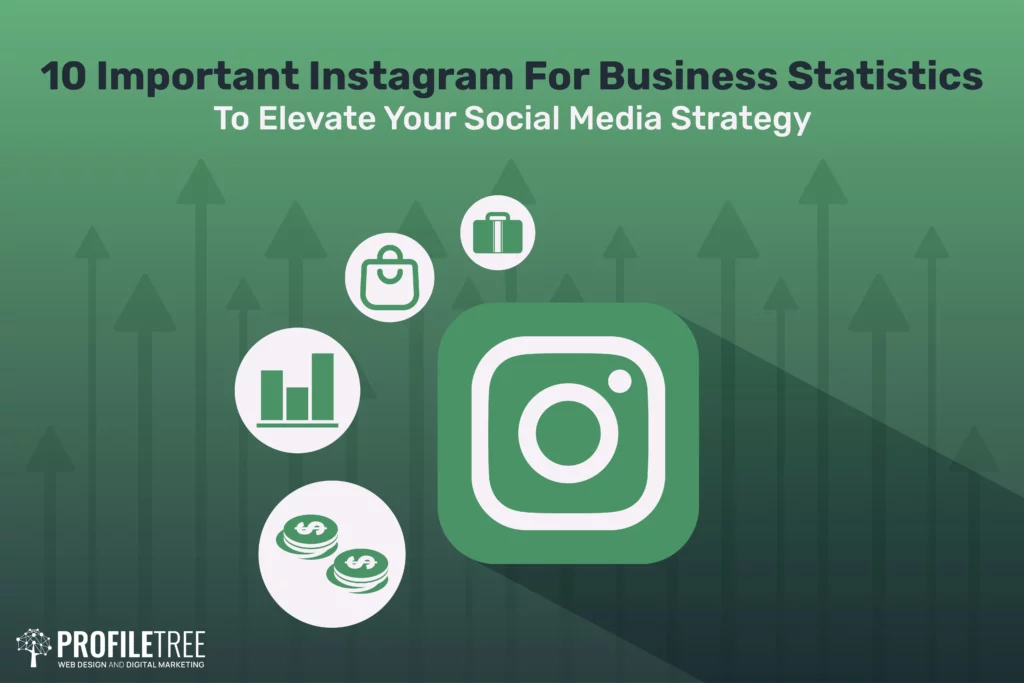We all mistakes and there have been plenty of times that marketing campaigns have got it wrong. Taking note of the mistakes other companies have made in their marketing campaigns or on their social platforms allows you to make conscious and informed decisions towards your own campaigns.
Taking note of a few failed marketing campaigns provides valuable insights into all parts of the marketing industry and how they can best deliver their products or services to their target audience. A bad marketing campaign can ruin a brand, we look into five times marketing campaigns got it wrong.
Table of Contents
1. When Marketing Campaigns Got It Wrong: Pepsi x Kendall Jenner
Arguably one of the worst marketing campaigns of the 21st Century, Pepsi partnered with Kendall Jenner to sell their product. Pepsi released this advertising campaign to the mainstream media in 2017, during a turbulent year that was famous for grassroots, political activism campaigning against social injustice.
In a tone-deaf approach to the social climate, Pepsi’s marketing department produced a watered-down effort of ‘activism’ much to the general public’s disdain. Their advert has groups of young people marching down streets holding ambiguous declarations on signs that could filter into any social justice movement.
The advert reaches a head when Kendall Jenner appears amidst these groups of young people to produce a can of Pepsi, handing it to a police officer who is blocking the demonstrators from passing through. The police officer cracks the can while the protest inexplicably cheers.
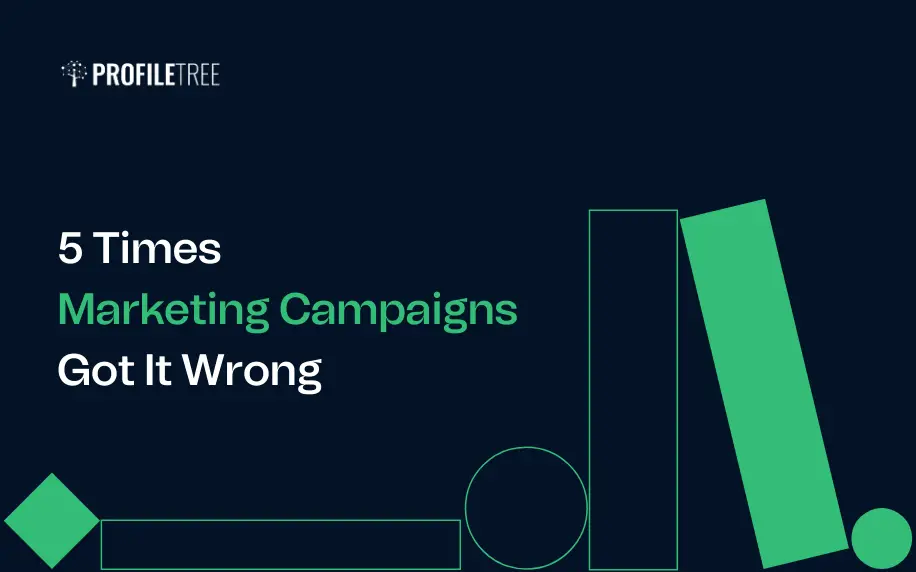
While Pepsi pulled the advert almost immediately, it was saved by outlets and members of the public, including Kendall Jenner, to remind us of when marketing campaigns got it wrong.
2. When You Hire a Murderer: Nike Marketing Campaign Blunder
Designed to celebrate every athlete’s body as a ‘weapon’, Oscar Pistorius was invited to appear in Nike’s ‘I Am The Bullet in The Chamber’ campaign in 2013. This Nike advert depicted various athletes performing in their sport. Oscar Pistorius’s caption read ‘I am the bullet in the chamber’, which is rather unfortunate considering he was charged with murder using a firearm.
What’s even more shocking is that this ad was launched AFTER the incident involving Oscar and his late girlfriend, a total oversight that was not
This is when marketing campaigns got it wrong isn’t really the brand’s fault. While ironic that his advert was directly correlated with his transgression, all Nike were able to do was pull his sponsorship and release some press statement’s to try and appease the victim’s family. Endorsing individuals or celebrities can come with risks, so always be vigilant about how is representing your company.
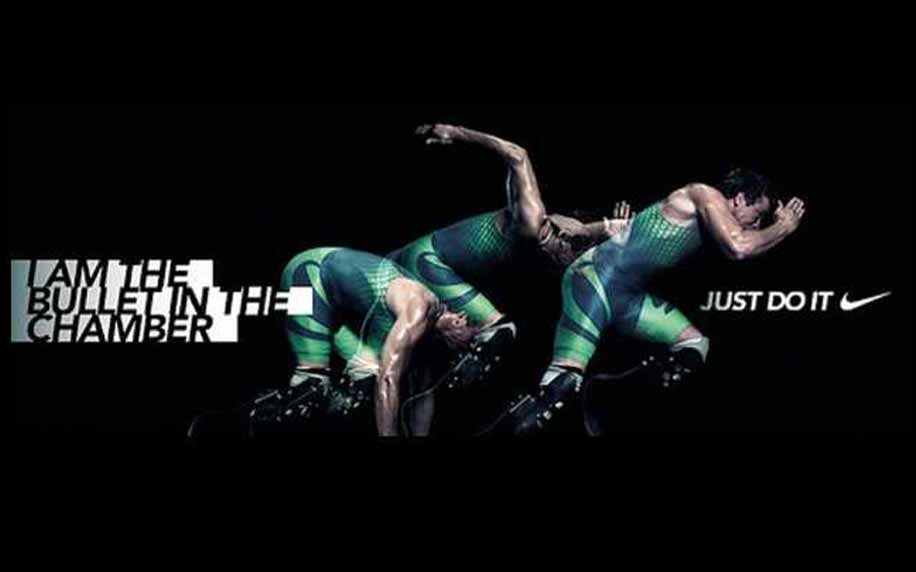
3. When Marketing Campaigns Got it Wrong: Heineken and Racism
The favourite dutch beer of many, Heineken released their ‘light’ range with a target market of women and those who still want a beer but with fewer calories. Unfortunately, their marketing efforts caused some serious issues.
Heineken’s advert ‘Sometimes Lighter Is Better’ was highlighted by celebrities like Chance the Rapper who claimed “I think some companies are purposely putting out noticeably racist ads so they can get more views…”
While you might assume that surely the beer being lighter in calories couldn’t really be compared to racist connotations, the advert itself seemed to highlight the racist argument. The beer slides down the bar, passing the hands of exclusively black people before landing in the hands of a white woman.
Realising the seriousness of their mistake, Heineken issued an apology, claiming that they strive for diversity and unification, taking responsibility for why their advert missed the mark and promising that this learned experience would be reflected in their future marketing.
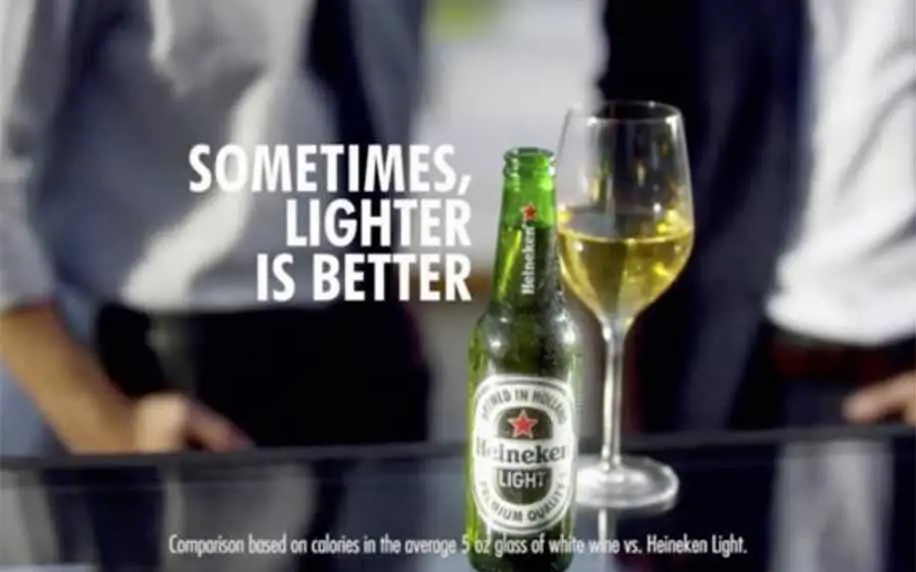
4. Sony’s White Vs. Black PSP Campaign
Famous as one of the worst marketing campaigns in history, Sony’s release of the white PSP was considered deeply offensive and one of the many marketing campaigns that got it wrong.
Ran in 2006, their campaign was based on billboards that were seen around the country. The central theme depicted a white woman holding a black woman, seen almost cowering, with her hand on her chin. The vibe was meant to articulate how the white PSP model was superior to the older black model.
While Sony claimed it was not intentionally racist, the general public was in outroar of the depictions of a woman of colour in this light. Instead of apologising for their grave error of judgement, Sony did the exact opposite and defended their offering.
Sony released a statement saying that their advert had ‘Stunningly photographed imagery’. This campaign recently resurfaced in 2017 which caused more public outrage who thought it was recent. This example of marketing campaigns getting it wrong highlights how companies need to ensure that their creative vision isn’t interpreted in a negative light.
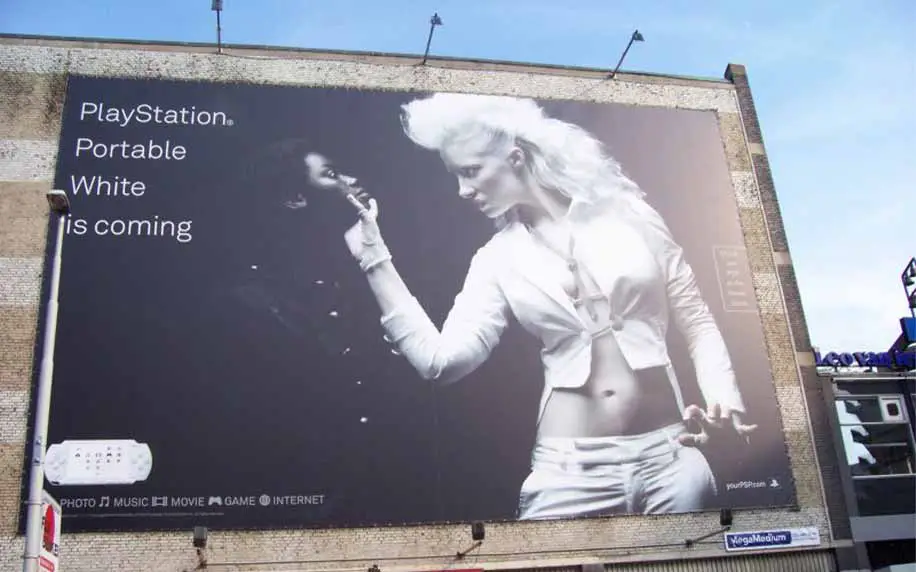
5. A Holiday Scandal – Bloomingdales Date Rape Advert
Usually renowned for their little brown bag, Bloomingdales made a rather awful advertising faux pas with the release of their 2015 holiday catalogue. Considered horrifying by members of the public, it appears that Bloomingdales is actively encouraging date rape drugs for their readers.
The advert has a man looking longingly over at his female counterpart, while the advert reads “Spike your best friend’s eggnog when they’re not looking”. Considered deeply inappropriate, it caused massive outrage online, causing Bloomingdale’s to issue an apology.
Their apology reflected how their copy was deeply inappropriate and could easily cause offence, sincerely apologising for their error. This marketing campaign that got it wrong highlights the need to check copy with multiple people and reflect on the values of your brand.

When Marketing Campaigns Got it Wrong
Marketing can be difficult and appealing to multiple audiences and target demographics demands a lot of research and time developing concepts that are helpful. Being intentional and clear with your call to action and your message is important for a successful campaign. Make sure your strategy is in alignment with the advert you deliver, and learn from other marketing campaigns that got it wrong to prevent further mistakes.
More Marketing Fails
Tasteless or controversial marketing campaigns can stir public outrage, tarnish brand reputations, and result in financial losses. Despite these risks, some companies still engage in provocative advertising to draw attention to their products or services. Here are some examples of tasteless marketing campaigns.
- Protein World’s “Beach Body Ready” Campaign (2015):
- Protein World, a health supplement supplier, launched a campaign featuring a bikini-clad woman next to the slogan “Are you beach body ready?” on billboards across London and New York. This campaign faced backlash for promoting unrealistic body standards and body shaming.
- Pepsi’s “Live For Now Moments” Campaign (2017):
- This campaign featured Kendall Jenner handing a can of Pepsi to a police officer during a protest, which was seen as a trivialization of serious social justice issues and a clear example of corporate exploitation of political movements.
- Nivea’s “White Is Purity” Campaign:
- Nivea released a deodorant ad with the slogan “White is purity,” which was quickly condemned for its racist undertones.
- Bristol Dry Gin’s “Lootin’ Shootin'” Campaign:
- Bristol Dry Gin faced backlash for a campaign they ran amidst the Black Lives Matter protests, which was seen as insensitive and in poor taste.
- McDonald’s “Dead Father” Campaign:
- McDonald’s UK released a commercial featuring a boy who learns about his deceased father through the items on the menu his dad liked, which was criticized for exploiting emotions related to grief and loss3.
- Dove’s “Body Wash” Campaign:
- Dove faced outrage for a body wash ad that showed a black woman removing her brown shirt to reveal a white woman with a lighter shirt, which many interpreted as a message that black skin could be cleaned or lightened to white.
- Gillette’s “We Believe: The Best Men Can Be” Campaign (2019):
- This campaign aimed to address toxic masculinity but received backlash from some segments who felt it was attacking men or portraying them negatively.
- Burger King’s “Women Belong in the Kitchen” Tweet (2021):
- Burger King UK tweeted “Women belong in the kitchen” on International Women’s Day to promote a scholarship program for female chefs, but the tweet was widely criticized for its sexist tone.
- Nike’s “Believe in Something” Campaign (2018):
- Nike featured ex-NFL quarterback Colin Kaepernick, known for kneeling during the national anthem to protest racial injustice, in an ad with the slogan “Believe in Something, Even if it Means Sacrificing Everything.” While the campaign was praised by some for taking a stance on a significant social issue, it also sparked boycotts and was deemed controversial by others.
These campaigns demonstrate the fine line between creative, impactful advertising and tasteless, offensive messaging that can alienate audiences and harm brand reputations. Take these examples of when marketing campaigns got it wrong and steer away from causing offence on your next strategy.

